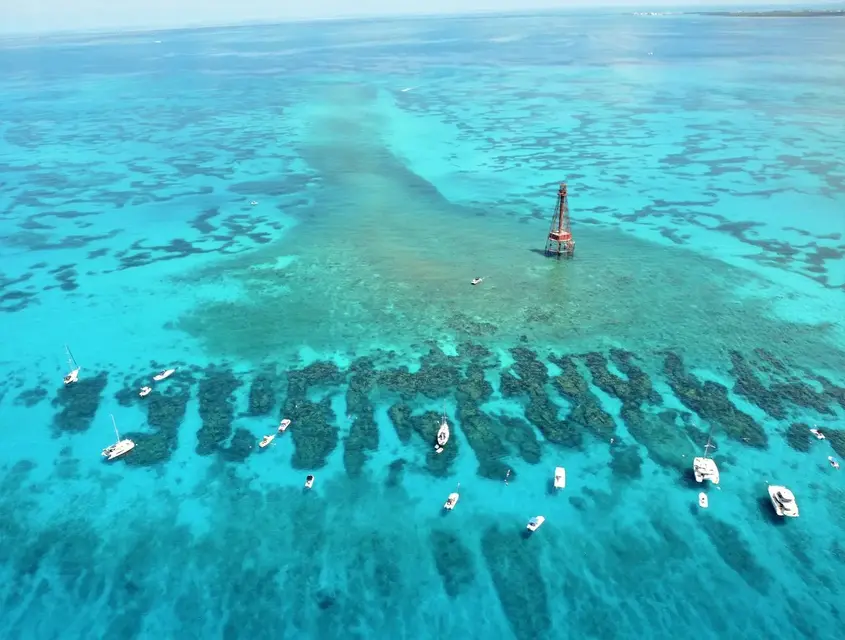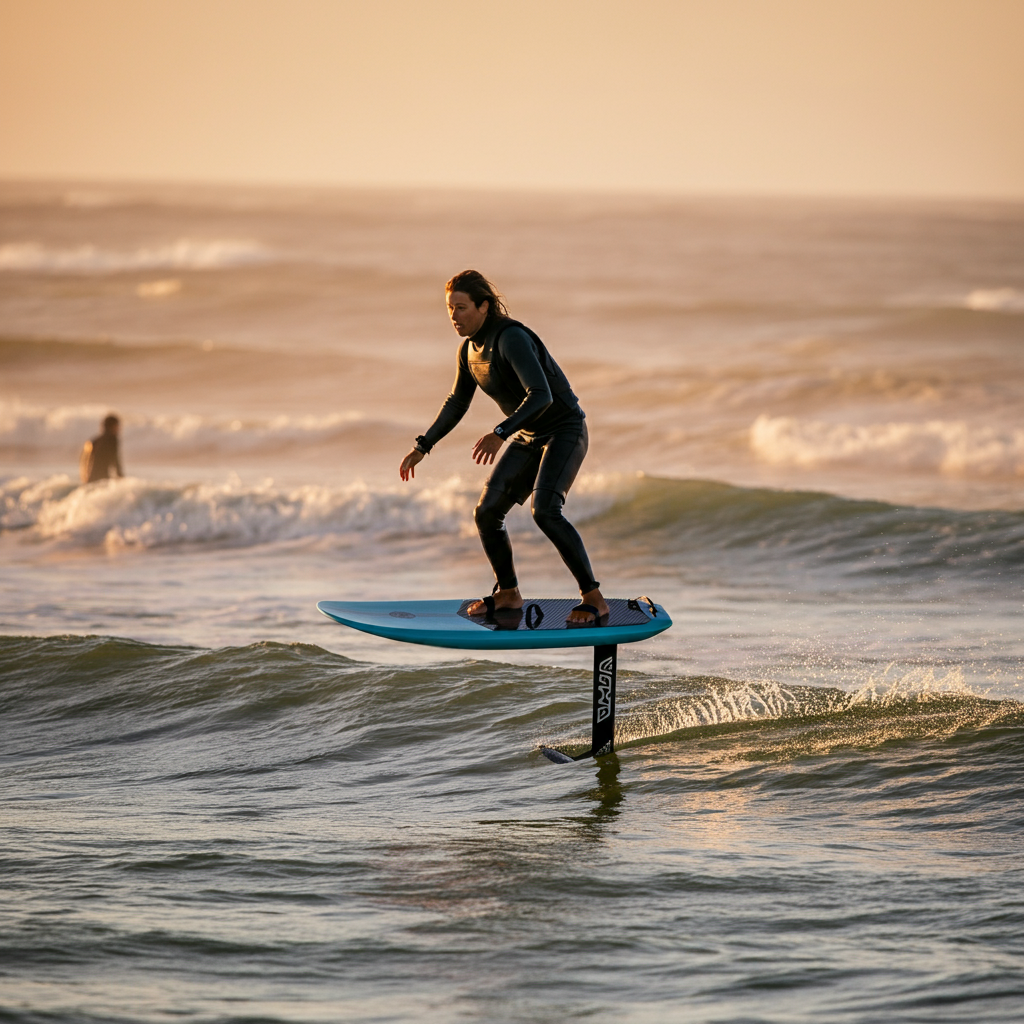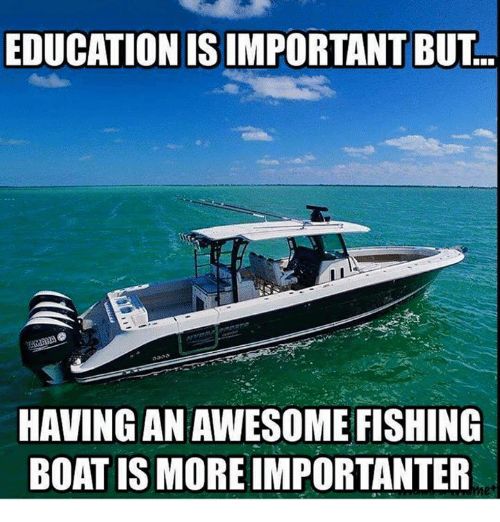HELP Stands for Heat Escape Lessening Position: Survival Technique for Cold Water Immersion
When faced with the perilous situation of being stranded in cold water, knowing the right survival techniques can mean the difference between life and death. One crucial method to remember is the HELP position, a vital posture that can significantly extend survival time in frigid waters.

HELP stands for Heat Escape Lessening Posture, a position designed to reduce heat loss and increase chances of survival in cold water environments. This technique involves drawing the knees up to the chest and hugging them with the arms, while keeping the head above water. When properly executed, the HELP position protects the body's three major areas of heat loss, helping to conserve body temperature and energy.
For individuals wearing a personal flotation device (PFD), assuming the HELP position becomes even more effective. The PFD provides additional buoyancy, allowing the person to maintain the posture with less effort. This combination of proper positioning and safety equipment can significantly improve survival chances in cold water emergencies.
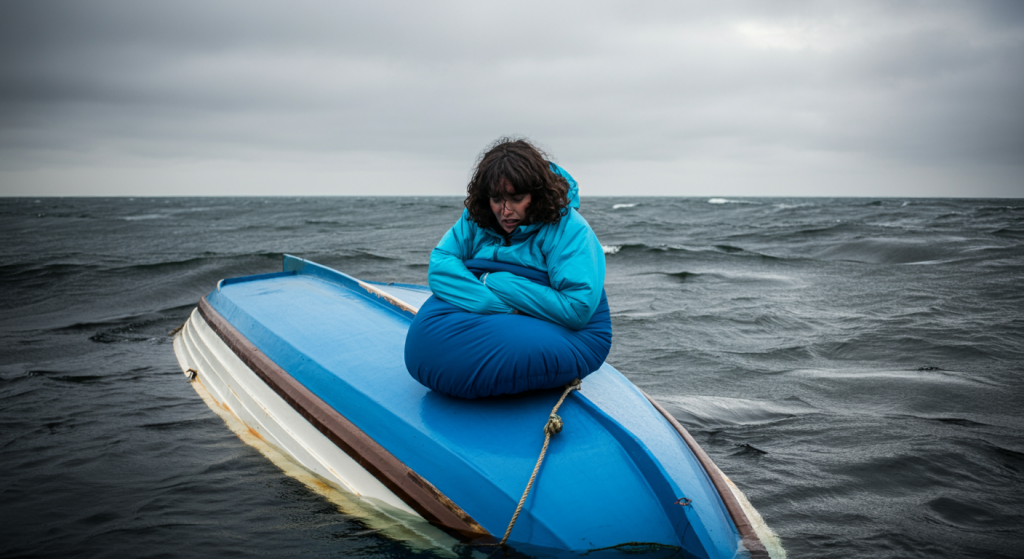
Key Takeaways
- HELP is a crucial survival technique for conserving body heat in cold water.
- Proper execution of the HELP position involves drawing knees to chest and hugging them.
- Wearing a PFD enhances the effectiveness of the HELP position in cold water survival scenarios.
Understanding HELP
HELP is a crucial survival technique for conserving body heat in cold water. It protects vital areas and significantly reduces the risk of hypothermia.
Definition and Importance
HELP stands for Heat Escape Lessening Posture. This position is designed to minimize heat loss when immersed in cold water. It's especially important for those wearing a personal flotation device (PFD).
The HELP position involves:
- Drawing knees up to the chest
- Hugging arms around the legs
- Keeping elbows close to the sides
This posture protects three major areas of heat loss: groin, head/neck, and rib cage/armpits. By reducing exposed surface area, it slows the rate of body cooling.
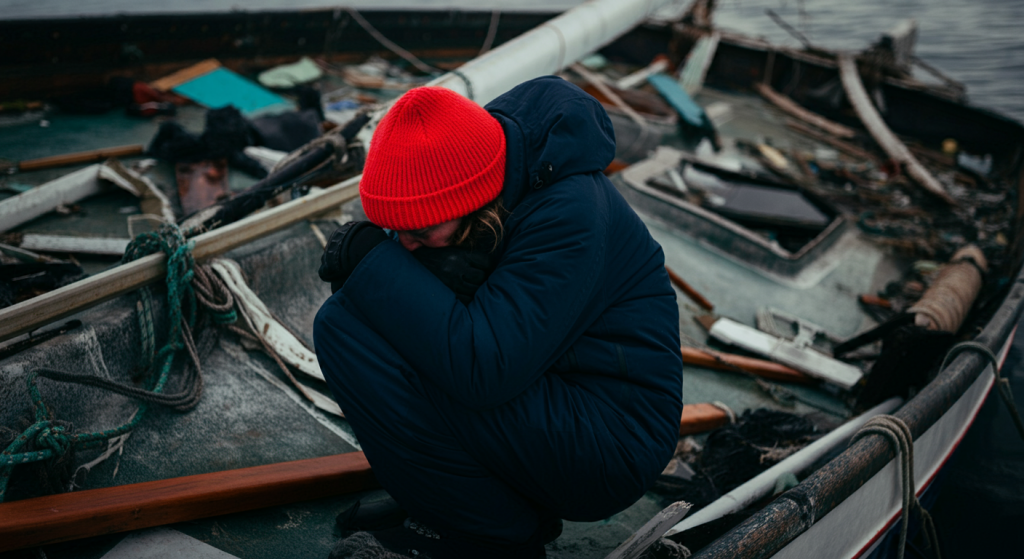
The Physiology of Heat Loss
In cold water, the body loses heat 25 times faster than in air. This rapid heat loss can quickly lead to hypothermia, a dangerous lowering of core body temperature.
The HELP position works by:
- Reducing water flow around high heat loss areas
- Trapping a thin layer of warmer water next to the skin
- Protecting critical organs from rapid cooling
Key high heat loss areas include:
- Head and neck (50% of body heat loss)
- Chest and abdomen
- Groin and inner thighs
By adopting the HELP position, a person can extend their survival time in cold water, increasing chances of rescue. It's a simple yet effective technique that can make a critical difference in water survival situations.
Survival Techniques
Proper positioning in cold water can significantly increase survival time and chances of rescue. These techniques focus on minimizing heat loss and maintaining body temperature.
Adopting the HELP
The Heat Escape Lessening Posture (HELP) is a crucial survival technique for individuals in cold water. This position involves drawing the knees up to the chest and hugging them with the arms. The head should be kept above water, with the ears submerged if possible.
HELP protects the body's core and vital organs, reducing heat loss from key areas such as the groin, chest, and armpits. It's essential to wear a properly fitted life jacket to maintain this position effectively. The HELP technique can extend survival time by up to 50% compared to treading water or swimming.
The Huddle Position
When multiple people are in cold water, the huddle position is an effective survival technique. Survivors form a tight circle, pressing their sides together and interlocking arms. This position helps conserve body heat and provides mutual support.
The huddle position is particularly beneficial for small children or injured individuals who can be placed in the center of the group. It also improves visibility for rescuers and boosts morale among survivors. In rough waters, the huddle can help stabilize the group and reduce the risk of separation.
Safety Equipment
Proper safety equipment is crucial for survival in cold water emergencies. The right gear can significantly reduce heat loss and increase chances of rescue.
Personal Flotation Devices
Personal Flotation Devices (PFDs) are essential for cold water safety. They keep your head above water, conserving energy and reducing heat loss. PFDs also allow you to assume the HELP position more easily, further minimizing heat escape.
Choose a bright-colored PFD for increased visibility to rescuers. Some PFDs include additional features like whistles or reflective strips, enhancing your chances of being spotted in an emergency.
Always wear a properly fitting PFD when on or near cold water. It's not enough to simply have one on board - it must be worn to be effective.
Appropriate Clothing
Wearing the right clothing can significantly delay the onset of hypothermia in cold water. Layered, insulating materials are most effective.
Waterproof outer layers help keep the body dry, while inner layers of wool or synthetic fabrics retain heat even when wet. Avoid cotton, as it loses insulating properties when damp.
A waterproof hat or hood is crucial, as up to 50% of body heat can be lost through the head. Gloves and waterproof boots protect extremities, which are often the first areas affected by cold water immersion.
Some specialized cold water survival suits combine insulation and flotation, providing maximum protection against hypothermia.
Rescue Operations
Effective rescue operations are critical for saving lives in cold water emergencies. Rescuers must act swiftly and decisively while prioritizing their own safety and that of the victims.
Role of Rescuers
Rescuers play a vital role in cold water emergencies. They must quickly assess the situation and determine the best approach for rescue. Wearing proper protective gear is essential to prevent hypothermia.
Rescuers should:
- Establish communication with the victim
- Deploy appropriate rescue equipment
- Encourage victims to maintain the H.E.L.P. position
- Approach cautiously to avoid endangering themselves
Time is crucial in cold water rescues. Rescuers must work efficiently to extract victims from the water and begin treatment for hypothermia immediately.
Managing an Unconscious Victim
Unconscious victims require special attention during rescue operations. Rescuers must act swiftly to prevent further heat loss and potential drowning.
Key steps include:
- Secure the victim's airway
- Begin rescue breathing if necessary
- Remove wet clothing
- Apply warm, dry coverings
Rescuers should be prepared to perform CPR if the victim shows no signs of life. Handling unconscious victims with care is crucial to prevent further injury or shock.
Continuous monitoring of vital signs is essential throughout the rescue and transport process. Rescuers must be vigilant for signs of severe hypothermia and be prepared to escalate treatment if needed.
Aftercare and Recovery
Proper aftercare and recovery procedures are crucial for individuals rescued from cold water. Swift action and appropriate psychological support can prevent complications and aid in a full recovery.
Re-warming Procedures
Re-warming must be done carefully to avoid further stress on the body. Gradual external re-warming is typically the safest method. Remove wet clothing and wrap the person in warm, dry blankets or clothing. Apply warm compresses to the chest, neck, and groin areas where large blood vessels are close to the skin's surface.
Warm beverages can help raise body temperature, but avoid alcohol as it can interfere with the body's ability to regulate temperature. In severe cases of hypothermia, medical professionals may use warmed intravenous fluids or special warming devices.
Monitor vital signs closely during the re-warming process. Shivering is a positive sign as it indicates the body is attempting to generate heat.
Psychological Considerations
The psychological impact of a cold water survival experience can be significant. Survivors may experience anxiety, depression, or post-traumatic stress disorder. It's important to provide immediate emotional support and reassurance.
Encourage survivors to talk about their experience if they wish, but don't force conversations. Professional counseling may be beneficial for some individuals to process the trauma and develop coping strategies.
Restoring a sense of safety and control is crucial for morale and recovery. Provide clear information about the recovery process and what to expect in the coming days. Involve family members or friends in the recovery process to create a supportive environment.
Frequently Asked Questions
Proper positioning and technique are crucial for maximizing heat retention in cold water survival situations. Understanding the H.E.L.P. posture and other strategies can significantly improve chances of survival until rescue arrives.
How should one position their body to conserve heat in frigid aquatic environments?
To conserve heat in cold water, individuals should adopt the Heat Escape Lessening Posture (HELP). This involves bringing the knees close to the chest and holding the arms tight against the sides of the body.
The HELP position protects vital areas prone to heat loss, including the head, neck, sides of the chest, and groin.
What is the main objective of adopting the H.E.L.P. posture in cold water?
The primary goal of the H.E.L.P. posture is to reduce heat loss in cold water. By minimizing the body's surface area exposed to the water, this position helps maintain core body temperature for a longer period.
This technique can significantly extend survival time in frigid waters, increasing the chances of rescue.
How is the 'huddle' technique utilized for warmth retention in cold water among multiple individuals?
When multiple people are in cold water together, they can form a huddle to conserve heat. Individuals gather close, pressing the sides of their bodies together in a circular formation.
This method reduces the total surface area exposed to cold water, helping the group retain warmth collectively.
What is the recommended placement of hands when in the heat escape lessening posture?
In the H.E.L.P. position, individuals should place their hands together behind their knees or neck. This hand placement further minimizes exposed surface area and helps maintain body heat.
Proper hand positioning contributes to the overall effectiveness of the heat retention strategy.
What are the immediate actions to take after unintentionally entering cold water?
Upon unexpectedly entering cold water, one should first remain calm and assess the situation. If wearing a life jacket, assume the H.E.L.P. position immediately.
If rescue is not imminent, conserve energy by limiting movement and focusing on maintaining body heat until help arrives.
What do the letters in the acronym H.E.L.P. represent in a cold water survival scenario?
H.E.L.P. stands for Heat Escape Lessening Posture. This acronym describes the body position adopted to minimize heat loss in cold water survival situations.
The term emphasizes the posture's primary function: reducing the rate at which the body loses heat to the surrounding cold water.
Charlie is Editor-in-Chief of Sea Magazine

